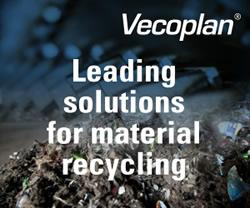General Motors, US DOE collaborate on lithium-ion batteries
General Motors (GM) and the US Department of Energy's (DOE) Argonne National Laboratory have signed a licensing agreement to use Argonne's patented composite cathode material to develop advanced lithium-ion batteries that last longer between charges and can charge at higher voltages.
General Motors (GM) and the US Department of Energy's (DOE) Argonne National Laboratory have signed a licensing agreement to use Argonne's patented composite cathode material to develop advanced lithium-ion batteries that last longer between charges and can charge at higher voltages.
The cathode material licensed to GM is be part of a diverse suite of lithium-ion battery inventions and patents developed at Argonne with DOE funding.
GM anticipates that use of the cathode material will yield advanced batteries that are high-performing, long-lasting and safe when compared to the existing technology.
US Energy secretary Steven Chu said that this agreement gives GM the ability to use cutting-edge battery technology throughout its supply chain.
GM executive director Micky Bly said that engineers and researchers at GM are working on next-generation battery systems that will reduce cost while providing improved performance, expanding the practicality and affordability of electric vehicles in the future.
Featured Product

